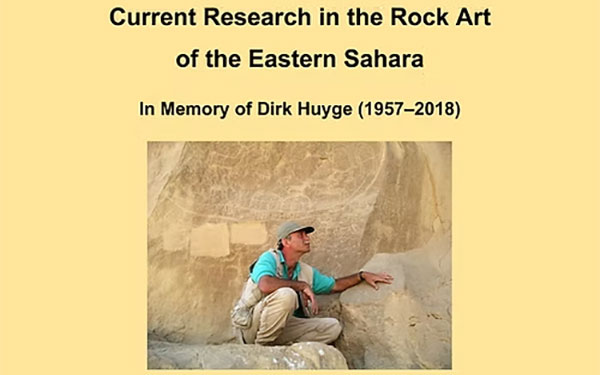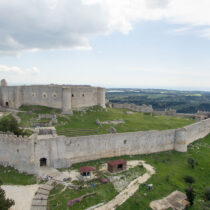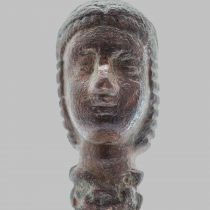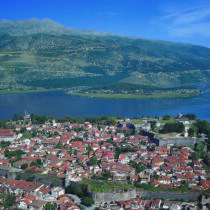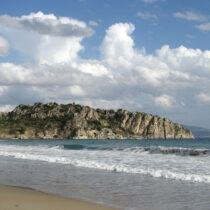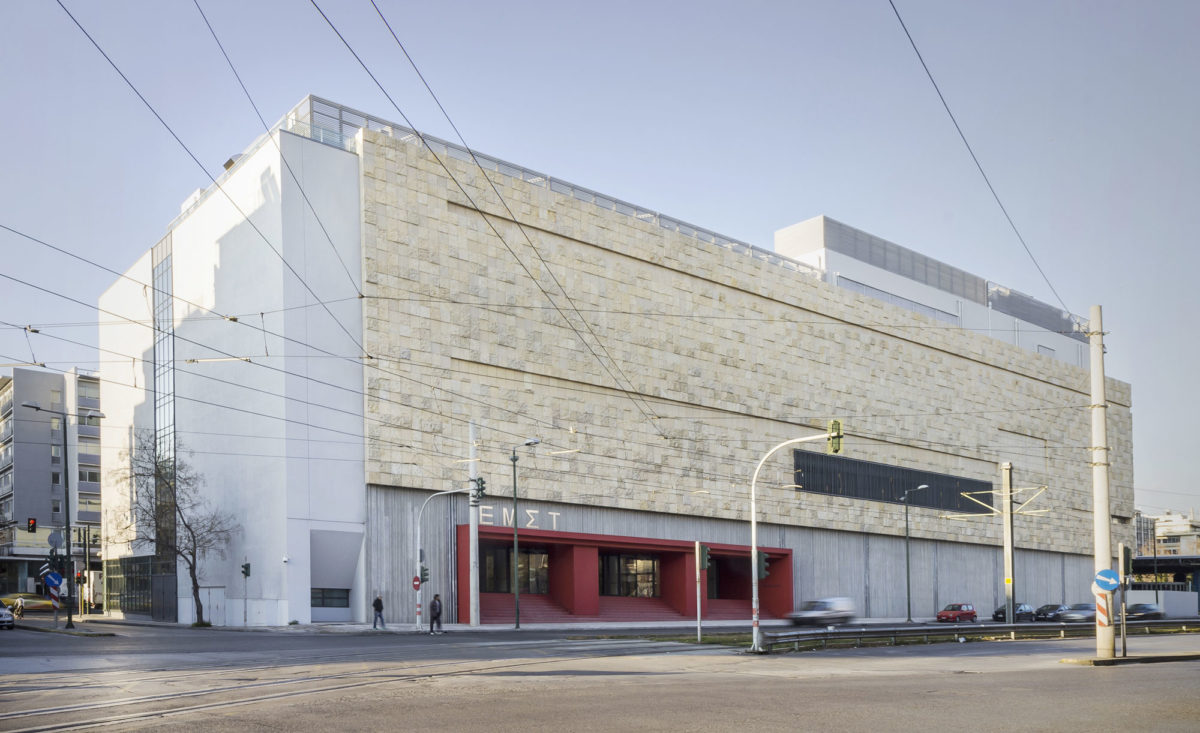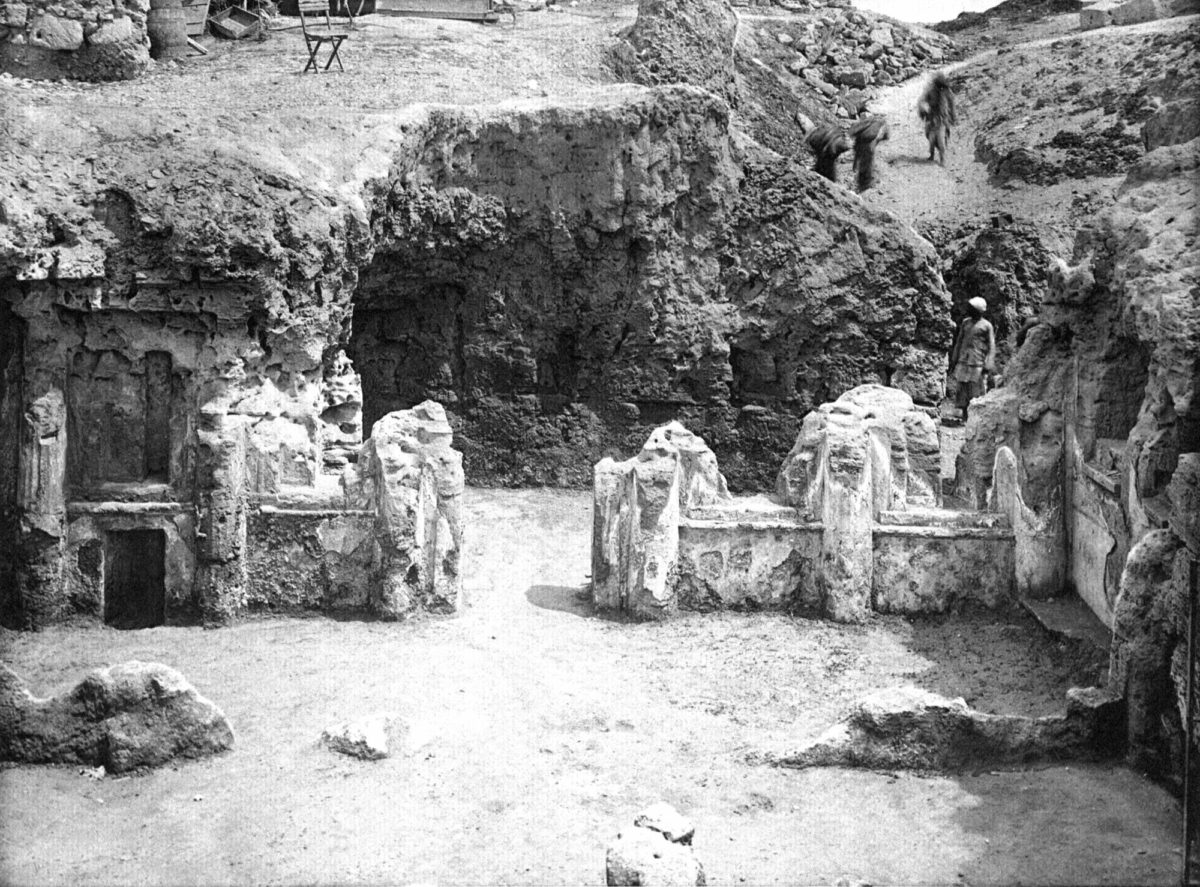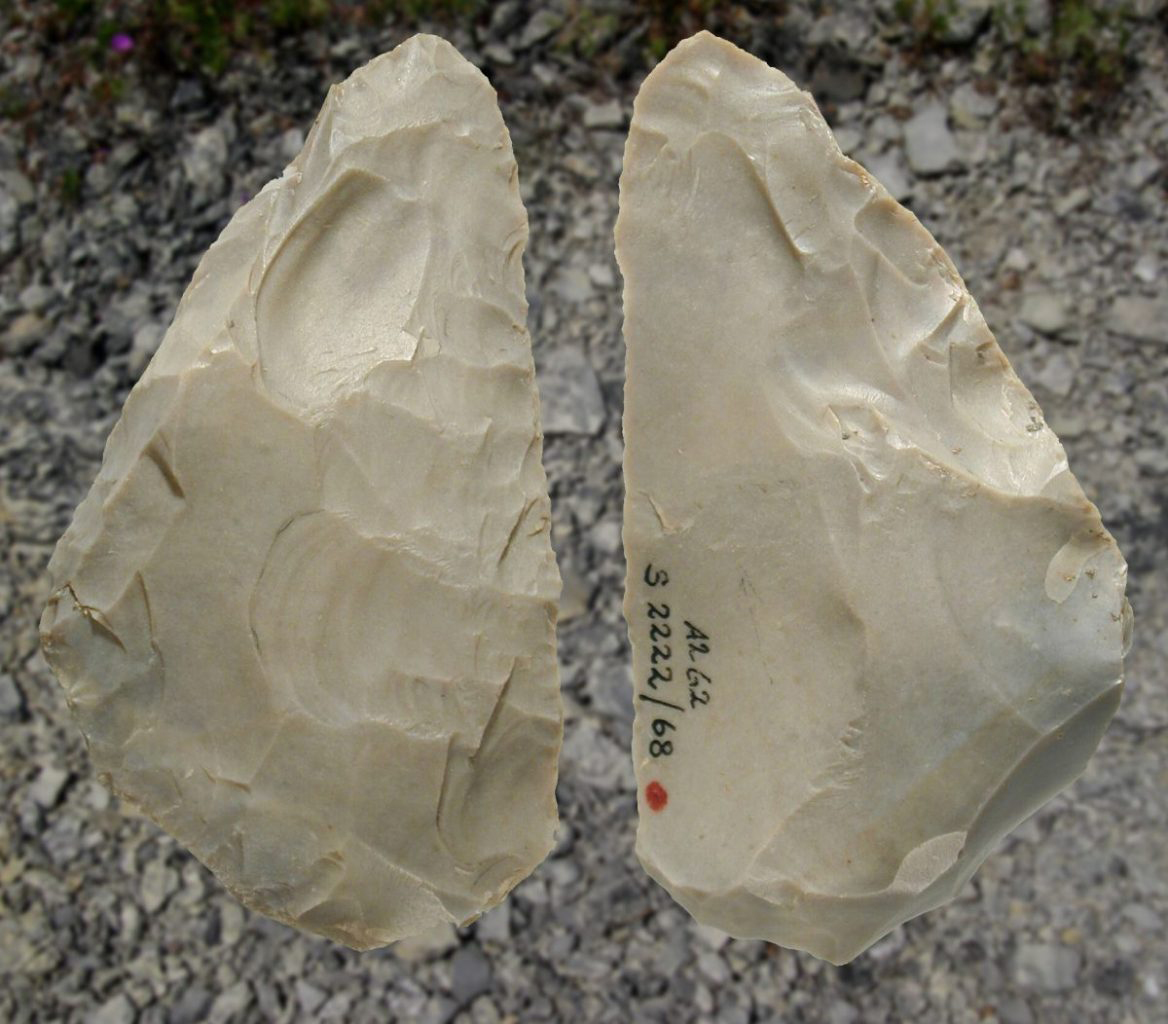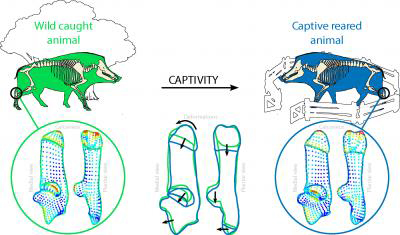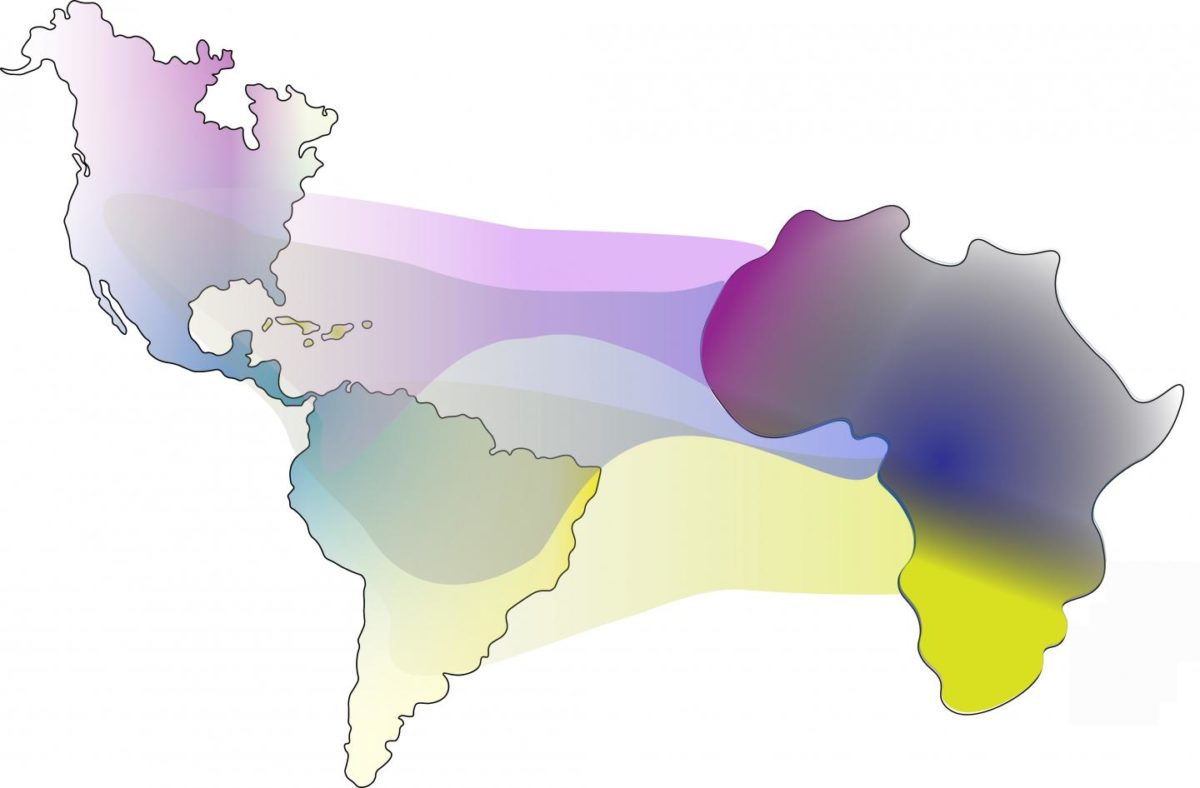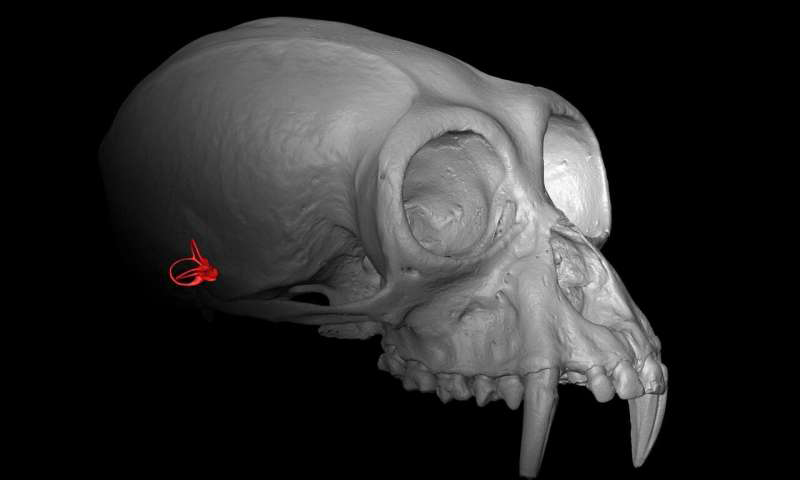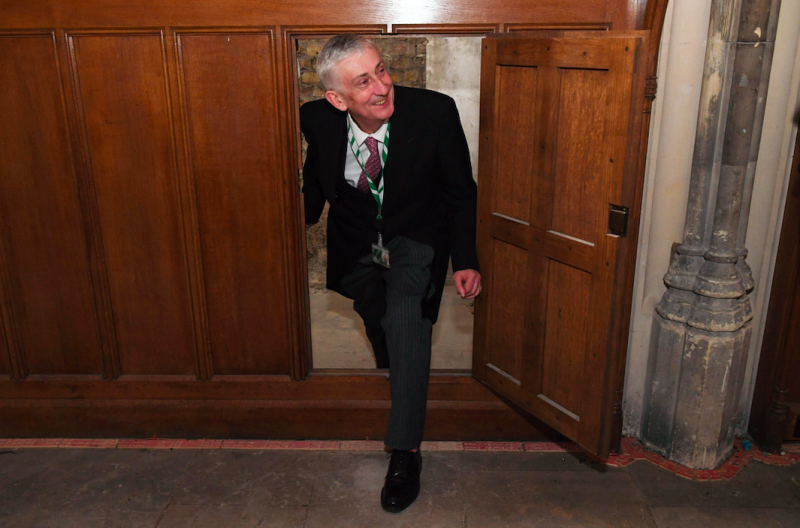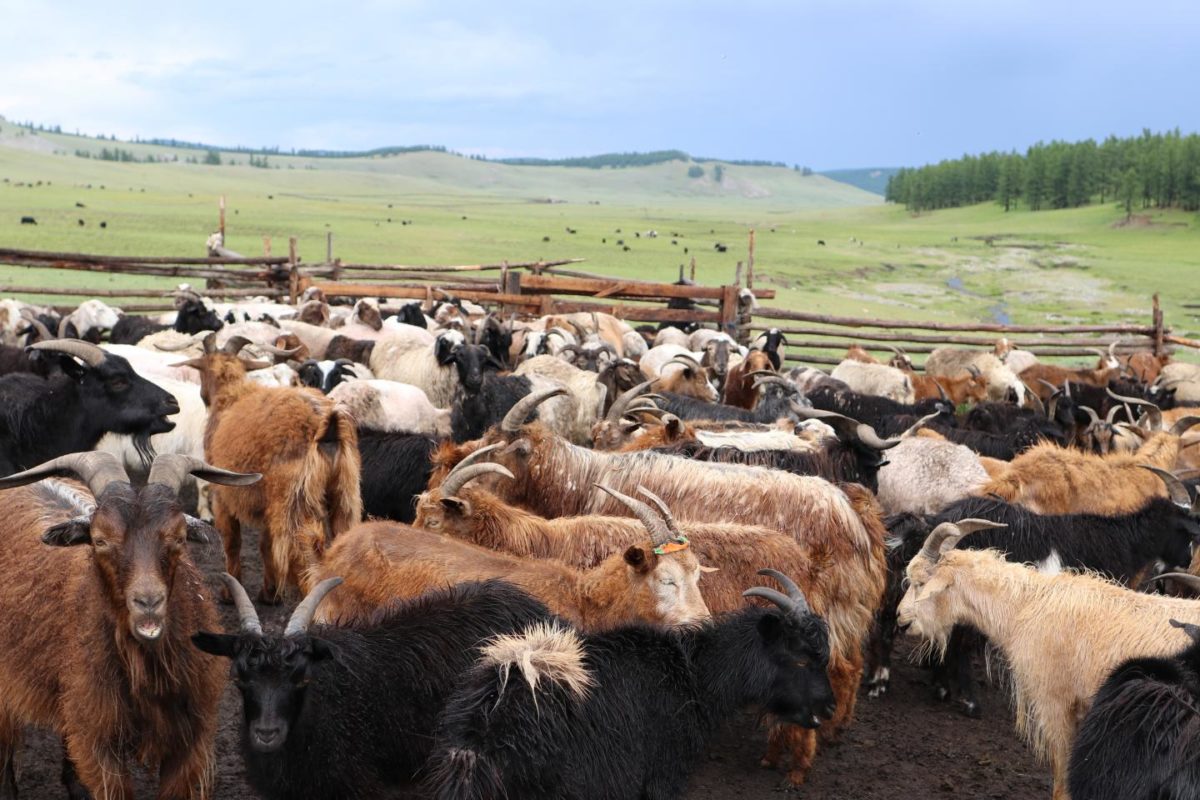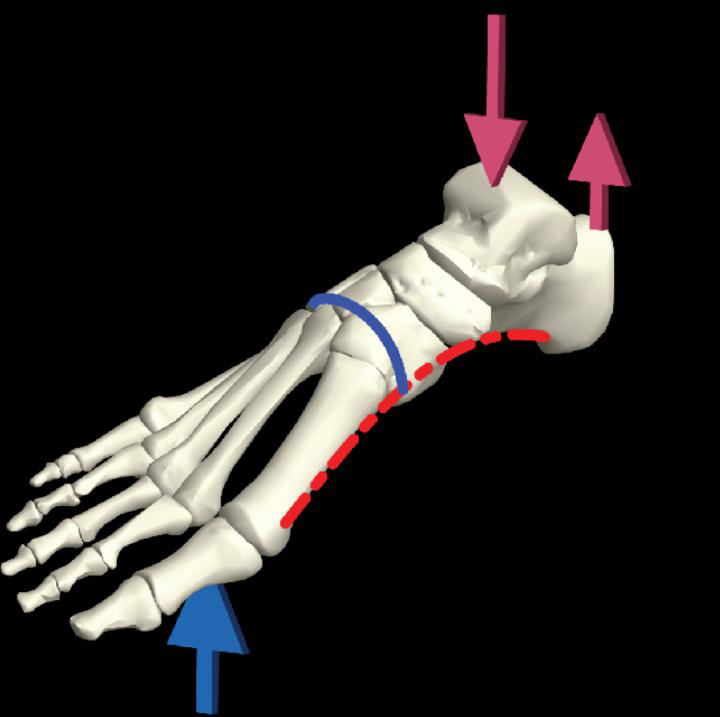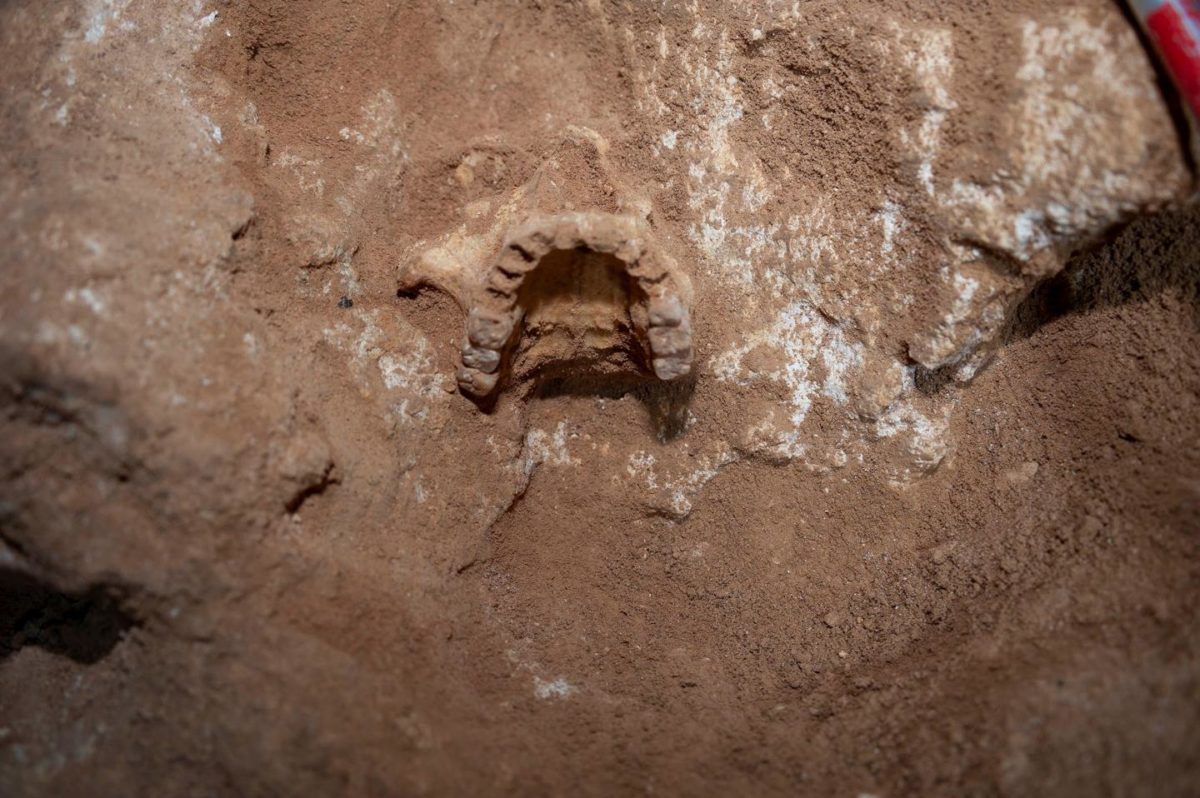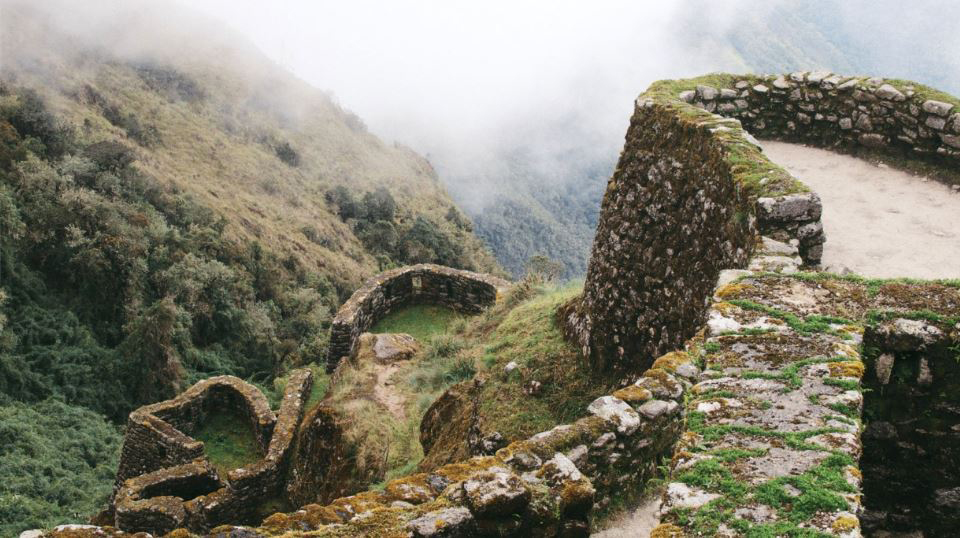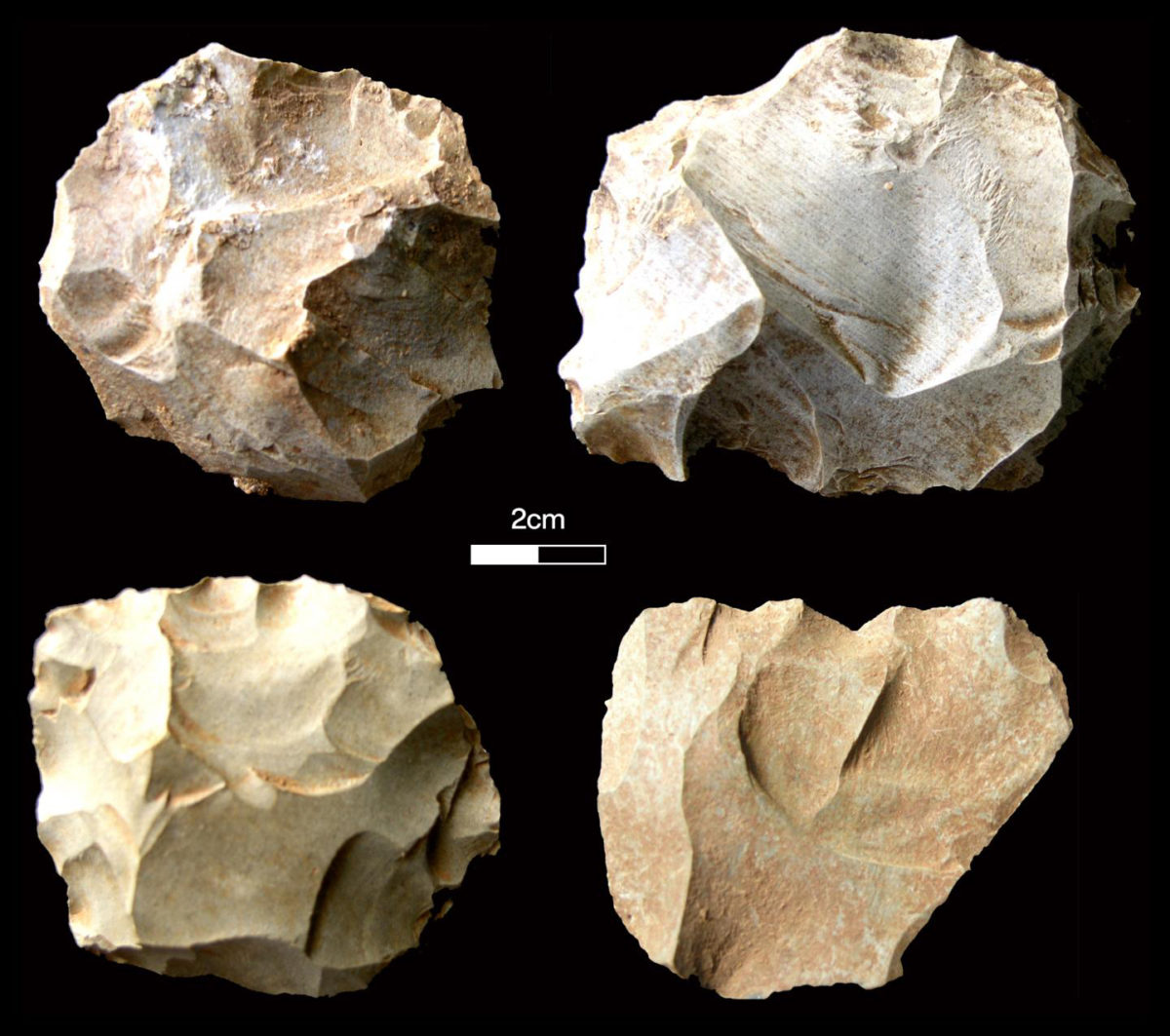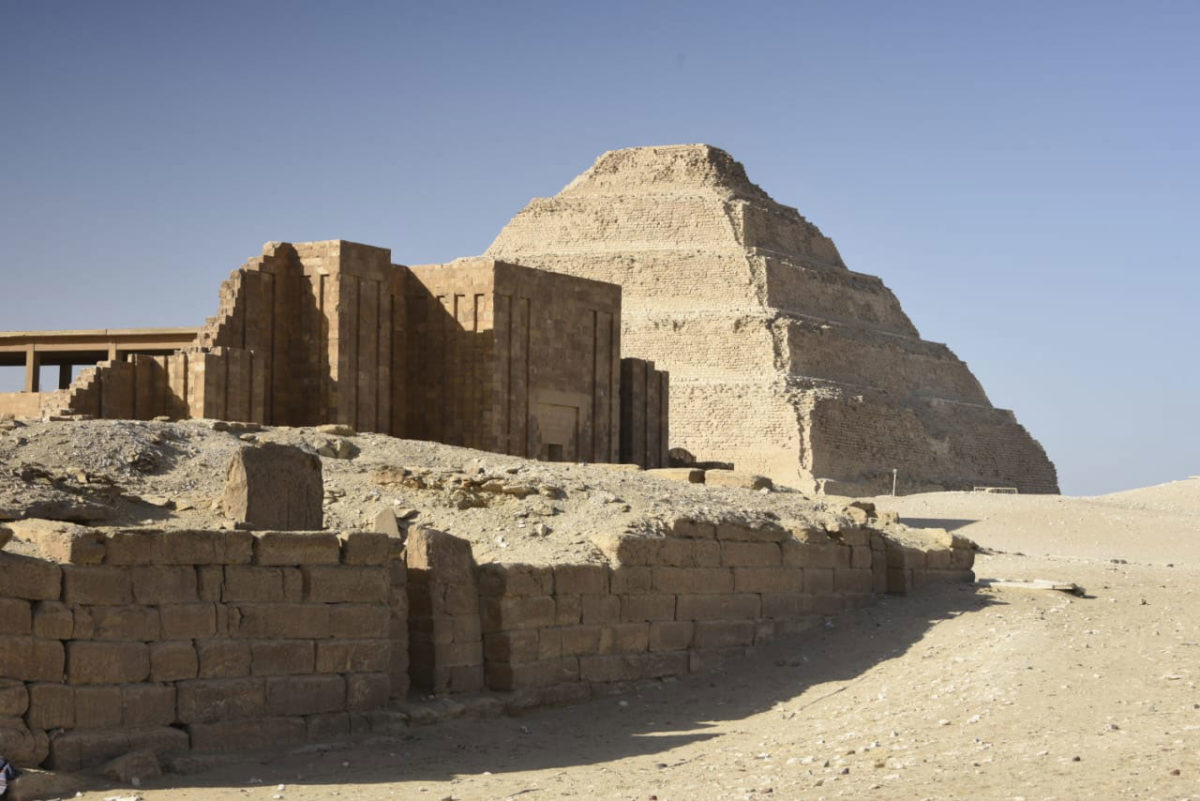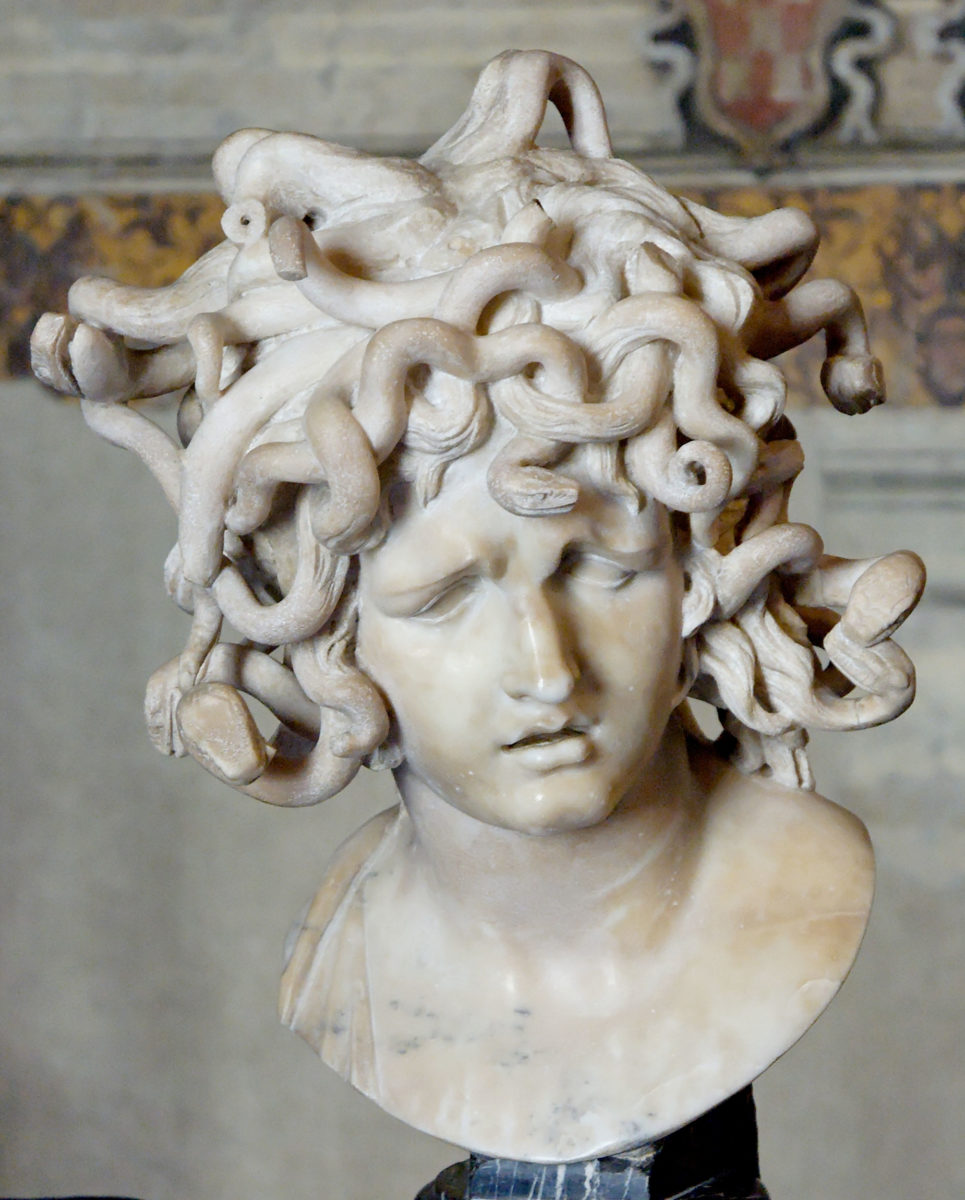As ancient farming developed, so did cooperation — and violence
The growth of agriculture led to unprecedented cooperation in human societies, but it also led to a spike in violence, an insight that offers lessons for the present.
More than 4,000 visitors to the EMST over the first three days
Admission to the EMST is free during the trial period of its operation.
The Return to Hellenistic Alexandria
The project deals with the restoration, upgrade and promotion of one of the most important archaeological sites of Alexandria, the so-called Necropolis of Shatby.
Amber specimens reveal origin of long mouthpart of scorpionflies
This study provides new insights into the separate origin of the long mouthpart of Mesopsychoidea and fleas, and the evolution of Cretaceous pollinating insects.
Siberian Neanderthals originated from various European populations
At least two different groups of Neanderthals lived in Southern Siberia and an international team of researchers including scientists from FAU have now proven that one of these groups migrated from Eastern Europe.
Wild boars provide archaeologists with clues to early domestication
Scientists have shown that a life spent in captivity has an identifiable effect on the shape of a tarsal bone that plays a propulsive role in locomotion.
New insights into the transatlantic slave trade on African ancestry
Team performed a genome-wide analysis to infer how different African groups contributed to North-, South-American and Caribbean populations.
Apes’ inner ears could hide clues to evolutionary history of hominoids
Studying the inner ear of apes and humans could uncover new information on our species’ evolutionary relationships.
Secret doorway rediscovered in the House of Commons
A secret doorway, created for the procession to the Coronation banquet of Charles II, has been rediscovered in the House of Commons.
5000 year-old sword discovered in the Armenian Monastery of Venice
One of the oldest Anatolian weapons in the world has been discovered in a display cabinet at the Mekhitarist Monastery on the Saint Lazarus Island.
Milk proteins point to the importance of dairying in eastern Eurasia
Recent findings push back estimates of dairying in the eastern Steppe by more than 1,700 years, pointing to migration as a potential means of introduction.
Secret of magmatic rocks consisting of only one mineral
Geologists have come up with an original explanation of how nature may produce an intriguing class of magmatic rocks made up of only one type of mineral.
Scientists find new 110-million-year-old plant gum
The beautiful, amber-like material has been discovered in 110 million year old fossilised leaves.
Mathematician identifies new tricks for the old arch in our foot
A research collaboration between the University of Warwick and two other universities has illustrated the great importance of a lesser studied foot arch - the transverse arch.
Anthropogenic seed dispersal: rethinking the origins of plant domestication
In a new manuscript, Dr. Robert Spengler argues that all of the earliest traits of plant domestication are linked to a mutualistic relationship in which plants recruited humans for seed dispersal
The National Museum of Contemporary Art is opening on February 28
Its permanent collection now accessible to the public, the National Museum of Contemporary Art/EMST opens its doors on Friday 28 February, with free admission until the end of the trial period.
1.1 million visitors for “Leonardo da Vinci”
A record for the Louvre, previously set by the retrospective dedicated to Delacroix in 2018, which attracted 540,000 visitors.
Each Mediterranean island has its own genetic pattern
ew study results reveal a complex pattern of immigration from Africa, Asia and Europe which varied in direction and its timing for each of these islands.
Big data could yield big discoveries in archaeology
Nea data demonstrates that big data can provide archaeologists with a sweeping, big-picture view of the subjects they study on the ground.
Human populations survived the Toba volcanic super-eruption
New archaeological work supports the hypothesis that human populations were present in India by 80,000 years ago and that they survived one of the largest volcanic eruptions in the last two million years.
Egyptian authorities complete Step Pyramid restoration-development project
Restoration works took place along the external facades of the pyramid, as well as in buildings and stairs found outside the pyramid’s southern and eastern entrance.
France: Record number of art works sold at auction
550,000 objects and art works compare with 539,000 in 2018, were sold at auctions in 2019 for a total of $ 13.3 billion in France.
Caravaggio-Bernini. Baroque in Rome
Exhibition of more than 70 masterpieces by Caravaggio, Bernini and their contemporaries.
1 billion-year-old green seaweed fossils, ancestors to modern land plants
Paleontologists discovered 1 billion-year-old micro-fossils of green seaweeds in China that could be that first developed 450 million years ago.
